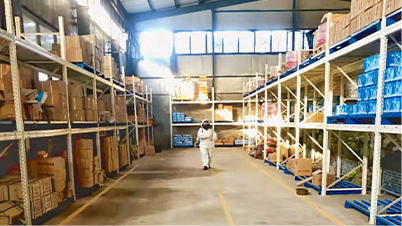Guidelines for Safely Transporting and Handling Oversized Industrial Equipment and Machinery
Moving Large Machinery Challenges and Best Practices
Moving large machinery is a complex task that involves numerous challenges and requires careful planning and execution. Whether it’s relocating manufacturing equipment, construction machinery, or heavy industrial tools, the process demands precision, safety, and efficiency. This article explores the key considerations involved in the moving process, the challenges encountered, and best practices to ensure a successful transition.
Understanding the Challenges
One of the primary challenges in moving large machinery is the sheer size and weight of the equipment. Heavy machinery can weigh several tons, and improper handling can lead to accidents, injuries, or damage. The logistical aspects of transportation must also be considered, including selecting appropriate vehicles and routes that can accommodate oversized loads. Many regions have specific regulations concerning the transport of heavy machinery, and obtaining the necessary permits is essential to avoid legal complications and fines.
Another significant challenge is the physical disassembly and reassembly of the machinery. Many large machines are complex systems with numerous components that need to be carefully disassembled before transport. This not only requires specialized tools and expertise but also meticulous organization to ensure that all parts are accounted for and can be reassembled correctly at the new location.
Moreover, moving large equipment often necessitates specialized handling equipment such as cranes, forklifts, or flatbed trucks
. The availability and rental of these resources can add to the time and cost of the project.Safety Considerations
Safety is paramount when moving large machinery. Operating heavy equipment poses inherent risks, and the potential for accidents escalates significantly during transit. To mitigate these risks, thorough training for operators and crew members is crucial. Ensuring that all personnel involved in the move are familiar with the machinery, the equipment being used for transport, and safety protocols can help minimize accidents.
Furthermore, risk assessments should be conducted ahead of the move. This includes evaluating the site where the machinery is currently located, the transportation route, and the destination site. Identifying potential hazards and devising strategies to address them can make the process smoother and safer.
moving large machinery

Best Practices for Moving Large Machinery
1. Comprehensive Planning The first step in moving large machinery is to create a detailed plan. This plan should include timelines, manpower requirements, transportation routes, and necessary permits. Collaboration with experts in logistics and machinery handling can provide valuable insights.
2. Pre-Move Inspection Conducting a thorough inspection of the machinery before moving ensures that any existing issues are addressed. This can prevent further damage during the move and help in identifying which parts require specialized handling.
3. Disassembly and Packing When disassembling machinery, label all parts clearly and keep them organized. Using durable packing materials can protect components during transport, and maintaining a detailed inventory can facilitate reassembly later.
4. Engaging Professionals In many cases, hiring professionals with experience in heavy machinery moves is the best approach. They possess the expertise, equipment, and resources needed to handle the complexities of the task efficiently.
5. Post-Move Setup Once the machinery has arrived at its new location, conduct a comprehensive setup and testing phase. Ensure that all components are reassembled correctly and that the machinery is functioning as intended before it goes back into operation.
Conclusion
Moving large machinery is a multifaceted task that requires careful planning, adherence to safety standards, and execution by skilled professionals. By understanding the challenges involved and implementing best practices, organizations can ensure that the relocation process is efficient, safe, and successful. With the right approach, moving heavy equipment can be accomplished with minimal disruption to operations, allowing businesses to continue their work without significant delays.
-
Unlock Seamless Relocation with Our Heavy Equipment Moving ExpertiseNewsJun.06,2025
-
Unleash Unrivaled Flexibility with Our Adjustable Gantry CraneNewsJun.06,2025
-
Unleash Heavy-Duty Efficiency with Our Industrial Gantry Crane SolutionsNewsJun.06,2025
-
Revolutionize Steel Handling with Our Magnetic Lifter RangeNewsJun.06,2025
-
Master Equipment Mobility with Premium Machinery Mover SolutionsNewsJun.06,2025
-
Elevate Your Material Handling with Magnetic Lifter TechnologyNewsJun.06,2025
-
YS Permanent Lifting Magnets: The Smarter Way to Handle SteelNewsMay.22,2025
